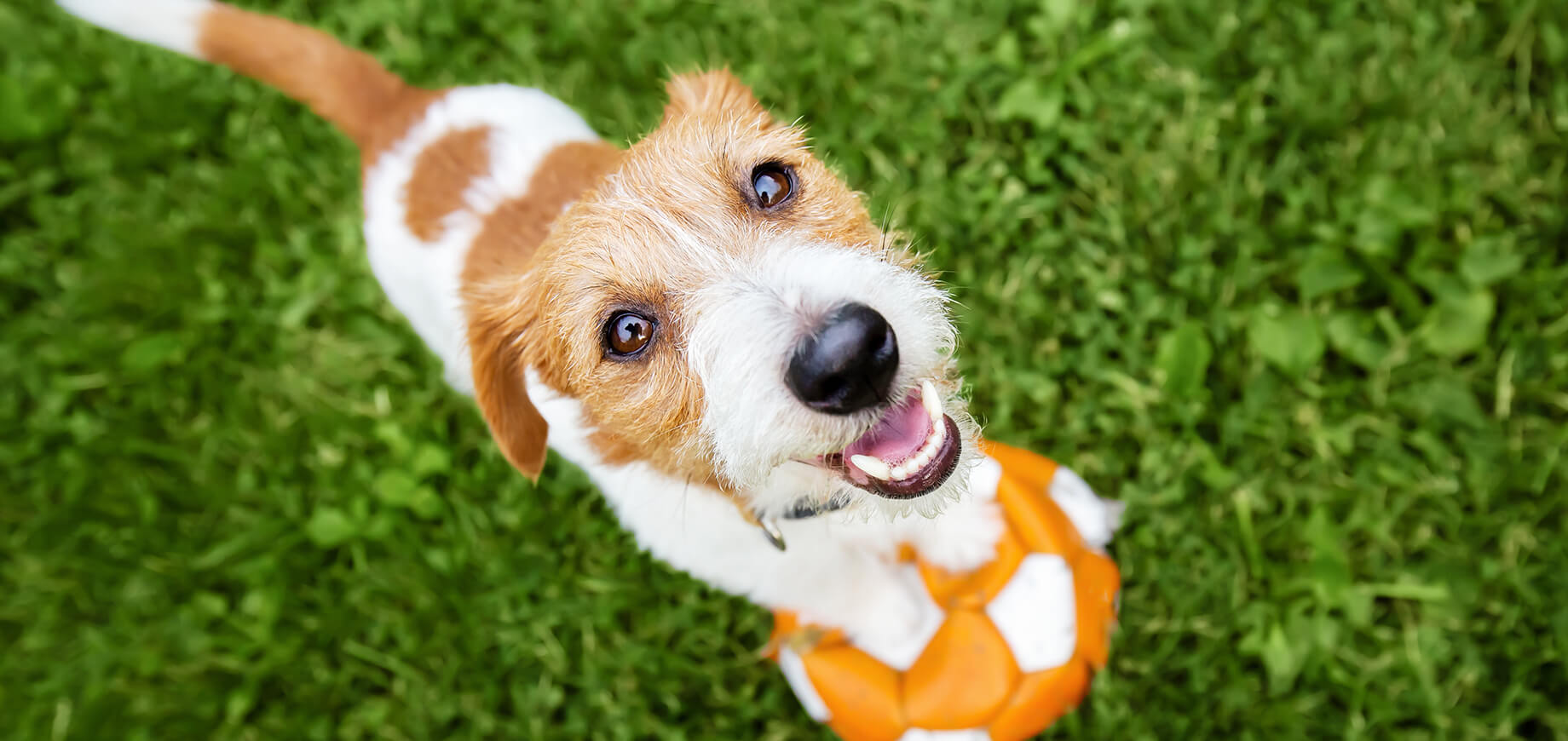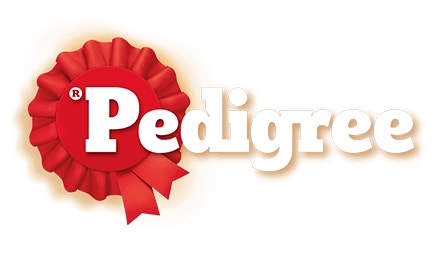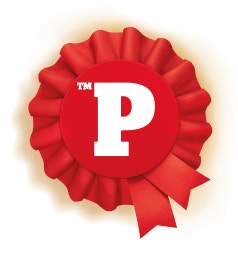

Have you ever wanted to know why your dog isn't excited about bright red toys? Perhaps they even struggled to find it in the green grass?
Contrary to many beliefs, dogs don't only see the world in black and white.
However, their eyes work differently from ours, which makes them see a more limited range of colours.
For example, studies have shown that dogs have dichromatic vision, meaning they primarily see shades of blue, yellow, and grey. Generally, their view is more muted than our view.
As a dog parent, understanding this helps you create a more pet-friendly environment for your canine companion when choosing toys, treats, and accessories.
In this article, we'll answer some of the questions you have regarding this sensitive topic, such as:
Without wasting any time, let’s dive into the article, shall we?
Yes, dogs can see colour, but not with the same vibrancy and range as humans.
As humans, our eyes contain three types of colour-detecting cones, which allow us to see a full spectrum from red to violet.
This is not the same with dogs. They have just two types of cones, but like us, they also experience red-green colour blindness.
Your dog primarily sees things in shades of yellow, blue, and grey. This has some interesting implications.
A bright red toy may blend into green grass when your dog is playing outside. Dogs can't see things within about 10cm of their face, and this is when they rely on their sense of smell and use their mouth to touch and explore.
You also might have noticed that your dog is drawn to yellow or blue toys and sometimes even adult dog treats with the same colour.
While it's true that dogs possess good eyesight, it's different from our vision.
Dogs generally have less precise visual understanding than we do, so they have difficulty distinguishing fine details at a distance.
Aside from that, your dog's depth of perception is less refined. But one excellent thing you might have noticed as a dog parent is that they excel at detecting movement, even in low light conditions. This enhanced motion sensitivity is an evolutionary advantage of their hunting ancestry.
Interestingly, eyesight or vision varies across dog breeds. Brachycephalic breeds (those with short, flattened muzzles) may have a more restricted field of vision. This is because of the way their eyes are positioned.
Sighthounds, like Greyhounds, are well-known for their superior long-distance vision and wide visual field.
You can improve your dog's eye health by giving them foods rich in antioxidants, like carrots and blueberries.
It's also great to speak to your veterinarian about a quality dog multivitamin that includes eye-supporting nutrients. You should also ensure they are fed a complete and balanced dog food tailored to their life stage and all the nutrients they need to support everyday health and vitality.
Dogs don't see the full rainbow of colours as you do. They can primarily see just four colours, which are shades of brown, yellow, blue, and grey.
What does this mean? Well, they can't distinguish between red and green. Your dog sees a dull brown or yellowish ball when you throw a red ball. This can make it difficult to find the ball in the grass.
This explains why dogs are usually drawn to certain toys over others.
Blue and yellow are the colours that dogs see most clearly.
Their eyes contain more receptors for these wavelengths of light, allowing your dog to perceive shades of blue and yellow with greater distinction.
This means that a bright blue toy will be much easier for your dog to spot against green grass than a red one. Similarly, a yellow chew toy will stand out more effectively than an orange one. But why is this important?
As a dog parent, choosing dog accessories in blue or yellow significantly improves your dog's ability to see them.
You'll also find this helpful during your pet's playtime because it makes it easier for your furry companion to find and retrieve toys.
It could even improve mealtimes if you've struggled in that aspect. Using blue bowls, your dog can easily locate where you kept their food.
Since dogs can't see red and green very well, the grass looks brownish-yellow. This is why a bright green lawn might not be as appealing to your dog as it is to you.
As a pet parent, understanding how your dog sees the world helps you pick things that are easier for them to find.
When you choose toys, treats, and food bowls in blue or yellow, they easily stand out for your dog. This helps a lot when your dog is having a meal or playing.
Knowing this as a dog parent also helps you understand how your dog behaves better.
If your pup seems to struggle to find its favourite red ball in the grass, now you know why! You should consult your veterinarian or a professional dog trainer for more dog advice and support.

